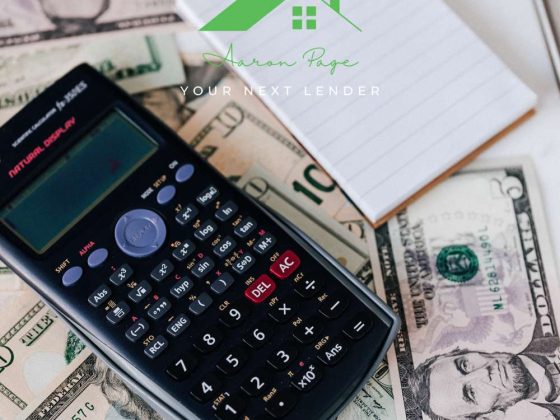Buying a home is one of the most significant investments you’ll make in your lifetime. However, the mortgage process can be a daunting experience, especially for first-time homebuyers. To help you navigate this financial journey, we’ve put together ten practical tips you can use to take control of your mortgage. Whether you’re new to home buying or a seasoned pro, these tips can help make the process more manageable, less stressful, and ultimately lead to a sound financial decision.
1. Understand What a Mortgage Really Is
Before you jump into the mortgage process, it’s essential to understand what a mortgage is. In simple terms, a mortgage is a loan that you take out to buy a property or land. It involves a contract where you pledge the home you’re buying as collateral to the lender. If you don’t pay back the loan plus interest within the agreed time, the lender has the right to take the property.
2. Determine What You Can Afford
It’s crucial not to bite off more than you can chew when it comes to your mortgage. Before beginning your home search, sit down and figure out how much house you can genuinely afford. There’s no hard and fast rule, but a common recommendation is that your mortgage payment shouldn’t exceed 28% of your gross monthly income.
3. Start Saving Early
A significant part of buying a home and securing a mortgage is the down payment. Typically, you’ll need to save between 5% to 20% of the home’s price for the down payment. Therefore, it’s a good idea to start saving as early as possible. Remember, the bigger your down payment, the smaller your mortgage loan will be.
4. Know Your Credit Score
Your credit score plays a vital role in the mortgage process. Lenders use this three-digit number to determine your creditworthiness. A higher score will not only increase your chances of getting approved for a mortgage, but it can also get you a lower interest rate, which can save you thousands over the life of your loan.
5. Get Pre-Approved
Before you begin house hunting, it’s highly advisable to get pre-approved for a mortgage. A pre-approval letter from a lender gives you an idea of how much you can borrow based on your income, debt, and credit history. This information can help you to focus your home search on properties within your budget.
6. Compare Mortgage Options
There’s more to a mortgage than just the interest rate. You’ll also want to compare the different types of mortgages available – such as fixed-rate, adjustable-rate, FHA, and VA loans – and understand their pros and cons. It’s important to choose a mortgage option that suits your financial situation and long-term goals.
7. Understand Closing Costs
In addition to your down payment, you’ll need to budget for closing costs, which typically run between 2% and 5% of your loan amount. These are fees charged by lenders and third parties related to the purchase of your home. Understanding these costs upfront can help avoid surprises at the closing table.
8. Shop Around for a Lender
Don’t settle for the first lender you meet. Shop around, compare rates and terms from multiple lenders. It could save you a considerable amount of money over time. Also, consider the lender’s reputation, customer service, and responsiveness.
9. Lock In Your Rate
Once you’ve chosen a lender and a mortgage, it might be a good idea to “lock in” your rate. A rate lock is a guarantee from the lender that they’ll give you a particular interest rate, for a specific period, while you complete the mortgage process.
10. Be Ready for the Unexpected
Finally, be prepared for unexpected costs. Things like repairs, maintenance, and property taxes can add to the cost of homeownership. It’s wise to have a financial cushion to cover these expenses without stressing your budget.
A mortgage may seem complicated, but with the right knowledge, preparation, and guidance, you can navigate the process with confidence. Remember, the journey to homeownership is a marathon, not a sprint, and every step you take brings you closer to your dream home.




